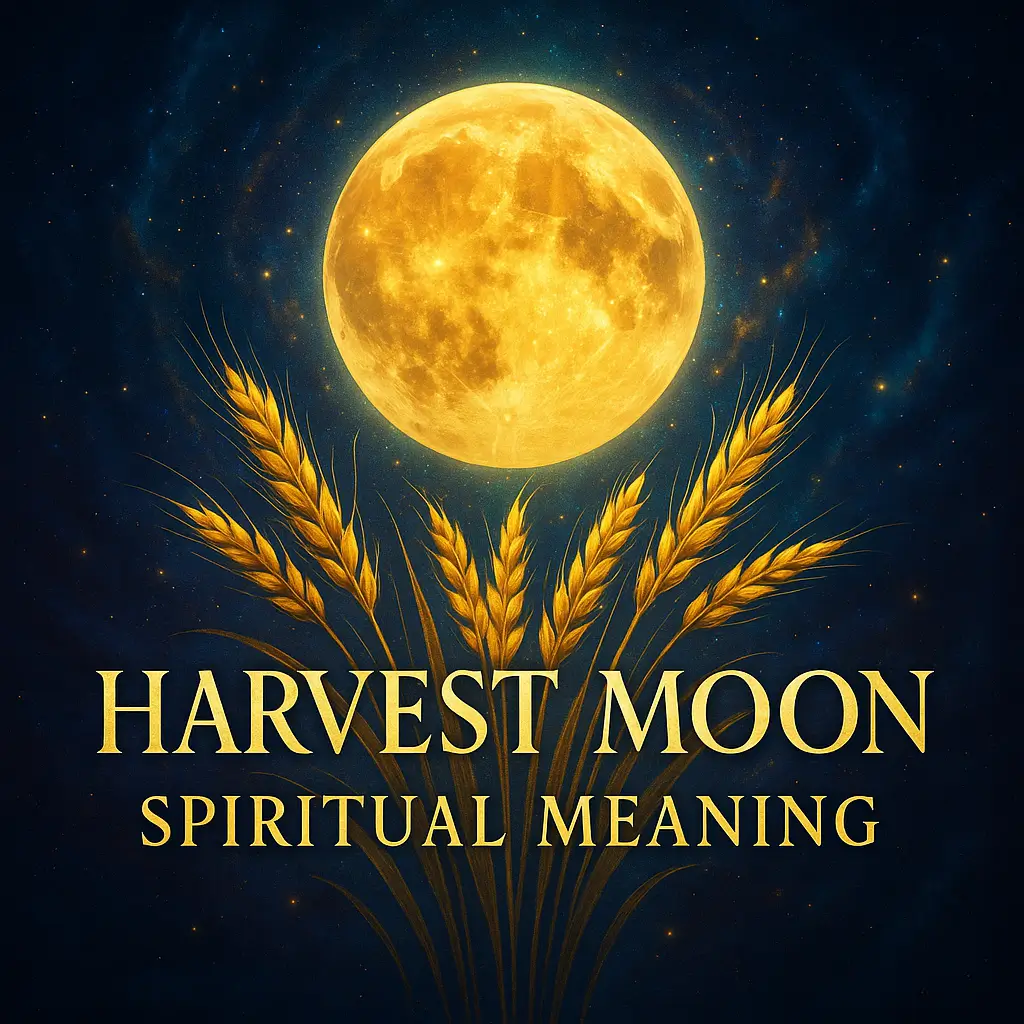There’s a profound, reverent stillness that descends when encountering a dead swan. The majestic creature that once glided effortlessly across water now lies motionless, creating a moment that feels suspended between worlds. Many feel a mixture of sadness and awe—a natural response to witnessing such a powerful symbol in transition. For centuries, the swan has carried deep spiritual significance across cultures, representing grace, transformation, and the delicate balance between beauty and mortality.
Finding a dead swan isn’t merely coincidence; it carries specific messages from the universe, bridging realms of the seen and unseen. Through understanding the dead swan meaning, we open ourselves to messages of profound spiritual transformation. As we explore both shadow and light aspects of this encounter, remember that even in death, the swan continues its ancient role as a messenger between worlds.
Table of Contents
- 1 Key Takeaways
- 2 The Sacred Swan: Understanding Basic Swan Symbolism
- 3 What Does a Dead Swan Symbolize?
- 4 Spiritual Meanings Across Different Traditions
- 5 Dead Swan in Dreams and Visions
- 6 The Timing and Context of Your Encounter
- 7 What Should You Do If You Find a Dead Swan?
- 8 Common Myths and Misconceptions
- 9 Swan as Psychopomp: Guide Between Worlds
- 10 Final Reflections: Embracing the Swan’s Message
- 11 FAQ
- 12 Sources
Key Takeaways
- A dead swan symbolizes profound transformation and the completion of significant life cycles rather than negative omens.
- Across diverse spiritual traditions, swans function as psychopomps – sacred guides that help souls transition between physical and spiritual realms.
- The context of your swan encounter (in water, on land, during specific seasons) significantly alters its spiritual message for your personal journey.
- Finding a dead swan invites you to release outdated identities and embrace spiritual rebirth through specific rituals and reflective practices.
- Dreams featuring dead swans typically represent the necessary endings that precede new beginnings in your spiritual or emotional life.
The Sacred Swan: Understanding Basic Swan Symbolism
Before we can fully grasp what a dead swan symbolizes, we must understand the rich spiritual significance these creatures hold in life. Swans embody ultimate grace, moving through water with effortless elegance that many spiritual traditions see as the physical manifestation of divine beauty. Their white plumage has long symbolized purity, spiritual light, and the higher self, while their long necks represent the bridge between earthly existence and higher consciousness.
Swans demonstrate a fascinating symbolic duality. The white swan typically represents clarity, divine expression, and spiritual awakening, while the black swan carries meanings of mystery, the unknown, and the shadow aspects of consciousness that must be integrated for wholeness. Both aspects offer profound wisdom when encountered in either life or death.
Their natural connection to water adds another layer of meaning, as water universally symbolizes the emotional realm and the unconscious mind. Swans navigate these depths with grace, teaching us how to move through our emotional landscapes with dignity and purpose.
Perhaps most famously, swans are associated with the concept of the “swan song” – the beautiful final performance before death. This ancient Greek belief that swans sing most beautifully right before dying has evolved into a powerful metaphor for culmination, completion, and the beauty that can emerge during transition.
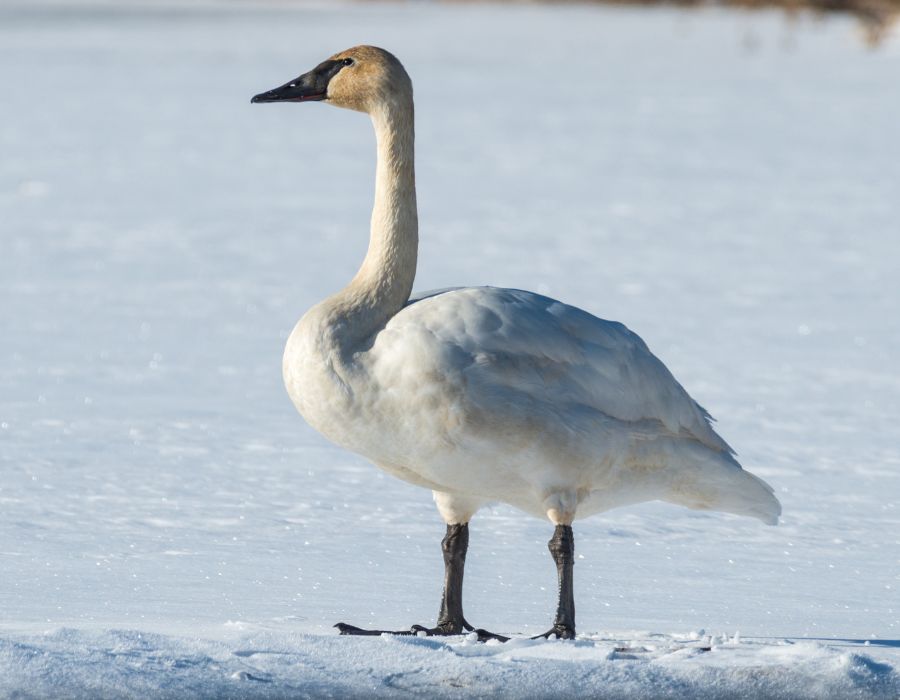
What Does a Dead Swan Symbolize?
When we encounter a dead swan, we’re witnessing the completion of a powerful cycle. This isn’t primarily an omen of bad luck as some might fear, but rather a profound message about transformation. The dead swan symbolizes the necessary ending of something significant in your life—whether a relationship, belief system, career path, or phase of personal development.
The swan in death invites us to acknowledge what must be released before new growth can occur. Just as the mythological phoenix rises from ashes, the swan’s spirit continues its journey beyond physical form, reminding us that endings are merely preludes to new beginnings. This symbolism encourages us to honor the sacred pause between what was and what will be.
Finding a dead swan often coincides with periods when we’re being called to shed outdated identities that no longer serve our highest purpose. The swan asks: What version of yourself are you ready to release? What beliefs have you outgrown? These questions initiate a process of spiritual molting—the shedding of old feathers to make way for new growth.
The dead swan may also serve as a gentle warning about neglected emotional or spiritual needs. Its appearance might be highlighting areas where we’ve been ignoring our intuition or failing to honor our true nature. Through its silent message, the swan reminds us to tend to our inner waters and restore balance to our spiritual ecosystem.
Spiritual Meanings Across Different Traditions
Western Spiritual Traditions
In Greek mythology, the dead swan carries particularly poignant symbolism through the concept of the “swan song.” This tradition holds that swans, usually silent throughout their lives, sing a hauntingly beautiful melody just before death. This final creative expression has become a metaphor for an artist’s or individual’s culminating work or the beautiful wisdom shared near life’s end. The symbolism speaks to finding our most authentic voice during times of profound transition.
Celtic traditions viewed swans as creatures of both worlds—beings that could navigate water, land, and air with equal grace. Finding a dead swan was considered a message from the Otherworld, often signaling that ancestral spirits were attempting communication. In some Celtic regions, dead swans were treated with ceremonial respect, as they were believed to house human souls in transition.
In Christian mysticism, particularly medieval interpretations, the dead white swan represented the soul’s ascension to divine love. This symbolism appears in illuminated manuscripts where swans are depicted rising toward heaven, representing the soul’s journey after death. The imagery reminds us that physical endings often herald spiritual beginnings.
Eastern Perspectives
Hindu traditions associate swans (Hamsa) with breath, consciousness, and discernment. The Hamsa is said to possess the ability to separate milk from water, symbolizing the spiritual discernment needed to distinguish truth from illusion. A dead swan in this context often represents the transcendence of worldly attachments and the liberation of consciousness from physical constraints.
In Chinese symbolism, swans are connected to the concepts of yin energy, grace, and artistic expression. Dreams or visions of dead swans in Chinese tradition warn of unresolved grief that requires attention and proper honoring. These interpretations encourage individuals to process emotional transitions thoroughly rather than rushing through them.
Buddhist perspectives on swan symbolism align with the concept of impermanence (anicca). The dead swan serves as a potent reminder that all things are transient, including our identities and attachments. This interpretation invites us to practice letting go with the same grace that characterized the swan in life.
Indigenous Wisdom
Many Native American traditions, including Lakota spiritual practices, consider swans to be messengers between worlds. Swan feathers are sometimes used in ceremonies honoring deceased loved ones, as their grace is believed to aid the soul’s journey. Finding a dead bird like a swan might be interpreted as an ancestral message or guidance from spirit allies.
Siberian shamanic traditions particularly revere swans as psychopomps—guides to the afterlife. When shamans encounter dead swans during journeywork or in physical reality, they interpret this as a sign that spiritual transitions are occurring within their community. These encounters are treated with great reverence and often prompt community healing rituals.
Australian Aboriginal dreamtime stories feature swans in tales of transformation and connection to the spirit world. The appearance of a dead swan might be interpreted as an invitation to seek wisdom from ancestral knowledge and to acknowledge the ongoing cycle of creation and recreation that governs all existence.
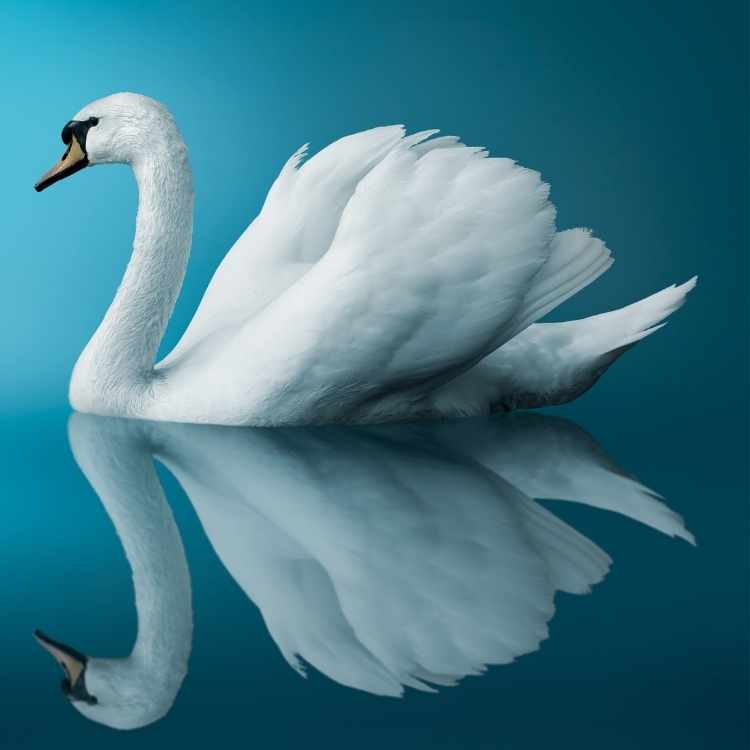
Dead Swan in Dreams and Visions
Dreaming of a dead swan carries different spiritual implications than physically encountering one. In the dream realm, the swan often represents our higher self, intuition, or soul’s purpose. When this swan appears dead in dreams, it typically signals the necessary transformation of our spiritual identity or the completion of a soul lesson.
Common dream scenarios include finding a dead swan floating on water (suggesting emotional transformation), seeing a swan die before your eyes (witnessing your own transformation in real-time), or burying a swan (integrating lessons from a completed spiritual cycle). Each variant offers nuanced guidance about your spiritual journey.
From a Jungian psychological perspective, the dead swan in dreams represents the integration of shadow elements with the conscious self. Carl Jung might interpret such dreams as the psyche’s way of processing significant internal shifts or the reconciliation of opposing aspects of self. This interpretation invites us to embrace wholeness rather than clinging to idealized self-images.
To discern whether your swan dream is processing grief or offering prophetic guidance, consider the emotions present during the dream. Dreams focused on processing tend to carry heavier emotional weight, while prophetic dreams often maintain a sense of clarity and purpose despite their potentially challenging imagery.
When working with swan death symbolism in dreams, try these reflection questions:
- What in my life feels like it’s coming to completion?
- What aspects of my identity am I being invited to release?
- How might this ending actually be creating space for new growth?
- What emotions arise when I contemplate this transition?
Recording these dreams in a journal can reveal patterns over time, especially if dead swan imagery recurs during significant life transitions. Notice the specific details that change between dreams, as these often contain the most relevant personal messages.
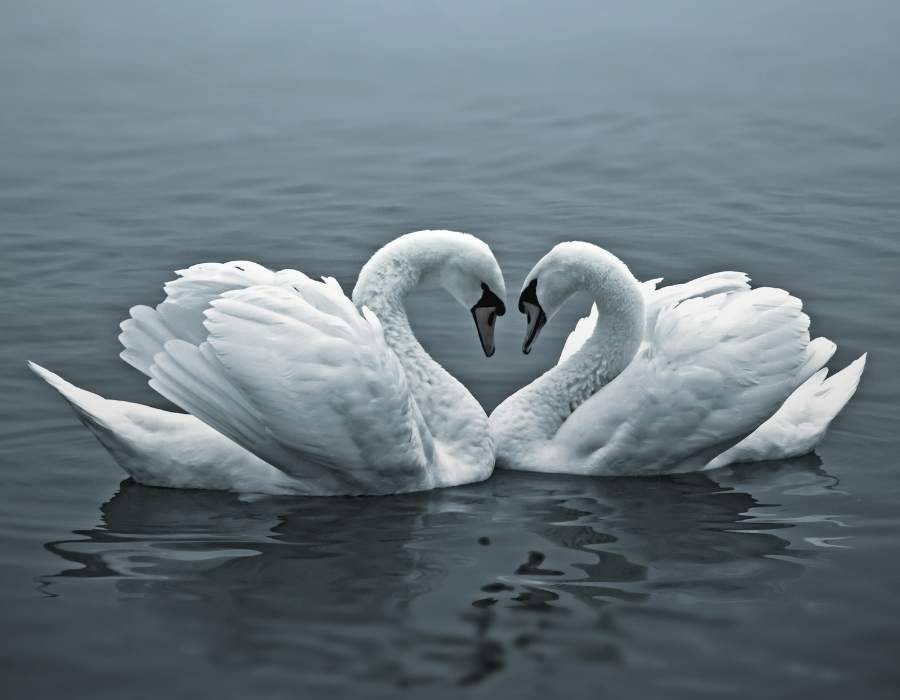
The Timing and Context of Your Encounter
Finding a Dead Swan in Water
When you encounter a dead swan floating in water, the symbolism deepens through the element of water itself. Water represents our emotional realm, the unconscious mind, and the flow of intuition. A swan in this context suggests a profound cleansing is occurring within your emotional landscape. Perhaps old wounds are finally being released, or emotional patterns that no longer serve you are dissolving.
This specific encounter often coincides with periods of emotional vulnerability or heightened sensitivity. The swan may be highlighting the beauty in allowing yourself to feel deeply during transitions. Its presence in water invites you to trust the natural currents of emotional processing rather than forcing yourself to “move on” prematurely.
Many who experience this sighting report sudden insights about long-standing emotional issues or a sense of emotional burdens lifting. Consider which emotions feel most present when you reflect on the image of the swan in water—these often point toward the specific emotional work being addressed.
Dead Swan on Land
Finding a dead swan on solid ground carries different implications than discovering one in water. Land represents the material world, practical reality, and the grounding of spiritual insights into everyday existence. This manifestation often appears when spiritual wisdom needs to be integrated into your daily life and concrete actions.
This sighting frequently occurs during periods when you’re being called to bring your inner grace into challenging external circumstances. The swan on land reminds us that spiritual transformation isn’t meant to remain ethereal—it must be embodied and expressed through our physical existence and daily choices.
Those who encounter a dead swan on land often report feeling a renewed sense of purpose about making tangible changes in their lives. The swan may be affirming decisions to change careers, relocate, or otherwise transform your physical circumstances in alignment with your evolving spiritual understanding.
Seasonal Significance
The season in which you encounter a dead swan adds another layer of meaning to the experience. Spring encounters often emphasize themes of rebirth and speak to the fertility of new beginnings that follow necessary endings. Finding a dead swan in spring might indicate that your current transitions are preparing you for significant new growth.
Summer sightings tend to highlight the fruition and completion of major life cycles. This timing often coincides with harvesting the wisdom from completed chapters before moving forward. The abundance of summer reminds us that endings can be rich with gifts.
Autumn encounters with dead swans naturally align with the season’s themes of graceful release and preparation for inner work. This timing often suggests the importance of consciously releasing what’s complete with gratitude rather than clinging to the past.
Winter sightings emphasize the quiet gestation period that follows significant endings. Finding a dead swan in winter reminds us that transformation requires a period of rest and inner reflection before new manifestation becomes possible. The stillness of winter provides space for integration.
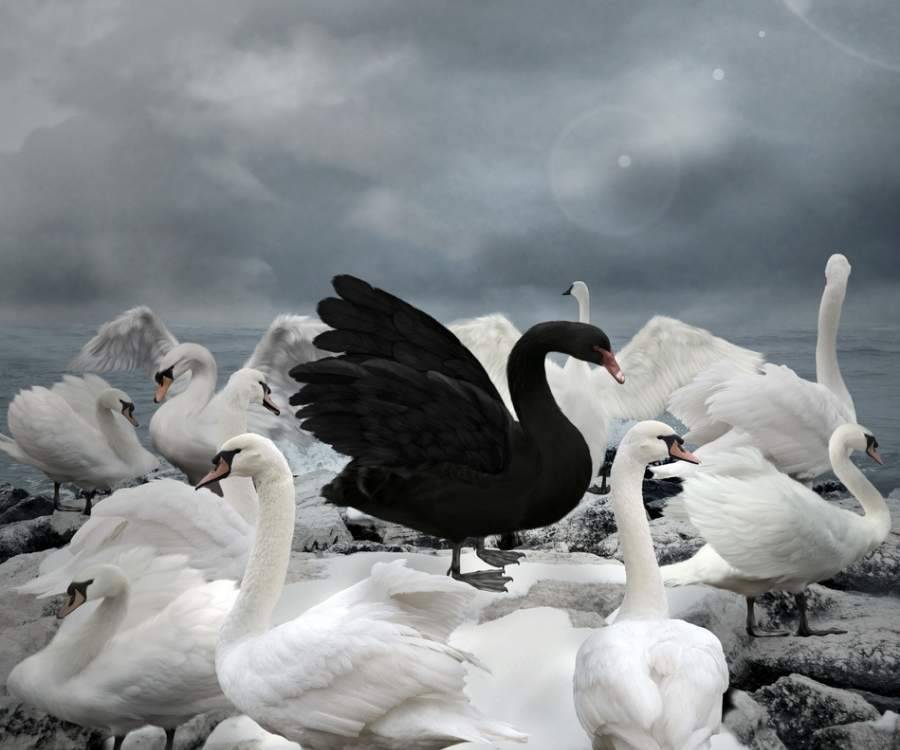
What Should You Do If You Find a Dead Swan?
Practical Considerations
If you physically encounter a dead swan, practical and ethical considerations should accompany your spiritual interpretation. In many countries, swans are protected species, and there may be legal requirements regarding handling their remains. In the UK, for example, mute swans historically belong to the Crown, and interference with them has legal implications.
The appropriate first step is often to contact local wildlife authorities or animal control to report your finding. They can provide guidance on proper handling or documentation of the bird. Avoid unnecessary handling of the remains, both for your safety (as wild birds can carry diseases) and out of respect for the creature.
If you feel moved to document the encounter, consider taking a respectful photograph from a distance rather than disturbing the swan. This preserves the moment for reflection while maintaining appropriate boundaries with wildlife, even in death.
Spiritual Practices and Rituals
After addressing practical considerations, you might feel called to honor the spiritual significance of your encounter. The Swan Song Release Ritual offers one approach: find a quiet space, light a white candle, and consciously name what you are ready to release or what feels complete in your life. As you extinguish the candle, visualize the swan’s spirit carrying these released aspects away, transforming them into new potential.
Creating a simple memorial can also be meaningful. This might involve placing a white feather (not taken from the swan) on your altar, writing a poem or reflection about the encounter, or creating artwork that captures the essence of transformation the swan represents to you.
The Hamsa breathing technique draws on Hindu swan symbolism for purification. Sitting quietly, breathe in while mentally reciting “Ham” and out while reciting “Sa” (meaning “I am That”). This meditation connects you with the swan’s energy of discernment and transformation while purifying your spiritual channels.
For those drawn to shadow work, journaling prompts might include:
- What part of myself am I being invited to release with gratitude?
- What transition feels both necessary and challenging right now?
- How can I honor this ending while remaining open to new beginnings?
- What wisdom from this completed cycle do I want to carry forward?
Whatever practice resonates, conclude by expressing gratitude for the swan’s message and guidance on your spiritual journey.

Common Myths and Misconceptions
One of the most prevalent misconceptions about encountering a dead swan is that it foretells literal death. This interpretation stems from misunderstandings of older symbolic systems. In reality, the symbolic death represented by the swan almost always refers to transformation, the ending of life chapters, or the release of outdated identities—not physical death. Approaching the symbolism with understanding rather than fear allows its transformative message to be received.
Another common myth holds that black swans represent evil or negative omens. This misinterpretation reflects deeper cultural biases about color rather than authentic spiritual meaning. Black swans actually symbolize rare, transformative events and the integration of shadow aspects of consciousness—both essential for spiritual growth. Their appearance, even in death, invites us to embrace the full spectrum of existence rather than fearing the unknown.
Some traditions suggest you should fear swan symbolism altogether, considering these birds harbingers of misfortune. This view contradicts the deeper wisdom traditions that recognize swans as sacred messengers between worlds. When approached with reverence rather than superstition, swan encounters—even with deceased swans—offer profound growth opportunities and spiritual guidance.
The key to avoiding these misconceptions lies in developing spiritual discernment and maintaining an open, curious approach to symbolic experiences. Rather than immediately jumping to fearful interpretations, ask what wisdom the swan might be offering for your unique spiritual journey. This approach transforms potentially unsettling encounters into opportunities for deepened understanding and personal evolution.
Swan as Psychopomp: Guide Between Worlds
One of the most profound aspects of swan symbolism across cultures is its role as a psychopomp—a spiritual guide that helps souls navigate transitions between the physical and spiritual realms. In this capacity, the swan serves as a compassionate escort through liminal spaces, those threshold moments between what was and what will be. Finding a dead swan often coincides with periods when we’re navigating significant life transitions that require spiritual guidance.
The swan’s natural ability to move gracefully through water, land, and air makes it an ideal symbolic guide for transitions. In Siberian shamanic traditions, swan spirits are specifically invoked during healing ceremonies involving spiritual transitions. Shamans describe the swan’s energy as protective and clarifying, helping souls find their way without becoming lost in between states.
Many who have encountered dead swans during grief processes report a sense of their deceased loved ones’ presence or guidance. One woman described finding a dead swan the day after her mother’s funeral and feeling an inexplicable sense of peace and reassurance that her mother’s transition was complete. These experiences suggest the swan continues its guiding role even in death.
To connect with swan energy during personal transitions, try this visualization: Imagine yourself seated beside still waters at dusk. A swan approaches and invites you onto its back. Allow it to carry you across the water to the other shore, which represents your next life phase. What messages does the swan share during this journey? What do you need to release before reaching the other side?
The swan’s connection to liminality—the state of being between worlds—reminds us that transitions are sacred spaces deserving of reverence and conscious attention. By honoring the swan as psychopomp, we learn to navigate our own transformations with the same grace and dignity that characterizes this magnificent bird.

Final Reflections: Embracing the Swan’s Message
As we conclude our exploration of the dead swan’s spiritual significance, I invite you to sit quietly with this question: What might be completing its cycle in your own life right now? The swan appears when something is ready to transform, when one expression of your being has fulfilled its purpose and is preparing to evolve into something new. This isn’t a moment for fear but for profound reverence and awareness.
Consider journaling about your unique swan message, particularly if you’ve physically encountered a dead swan or dreamed of one. Some questions to explore: What has reached completion? What aspects of your identity are you outgrowing? Where is transformation calling you? How might you honor what’s ending while remaining open to new beginnings?
The cyclical nature of spiritual growth mirrors the swan’s lifecycle. Just as swans molt and replace their feathers, we too must periodically shed layers that no longer serve us. This molting process might feel uncomfortable or disorienting, but it’s essential for our continued evolution. The dead swan reminds us that surrender is sometimes the most profound spiritual act—letting go with grace rather than clinging to what’s complete.
Remember that in many traditions, the swan’s death isn’t viewed as tragic but as a final beautiful expression before transformation. What might be your own “swan song” for this completing chapter? How might you express the essence and wisdom of this phase before fully releasing it?
As you move forward from this encounter with swan symbolism, carry with you the understanding that endings and beginnings are not separate events but part of one continuous sacred cycle. The swan teaches us that we can navigate these transitions with grace, dignity, and an open heart—trusting that what awaits us is exactly what our evolving spirit needs for its next expression.
FAQ
Is finding a dead swan a bad omen?
Finding a dead swan isn’t inherently a bad omen. Rather than signaling misfortune, it typically symbolizes necessary transformation and the completion of a significant life cycle. This powerful symbol invites you to consciously release what’s complete while remaining open to new beginnings.
What does a dead swan symbolize in dreams?
In dreams, a dead swan often represents the transformation of your spiritual identity or the completion of an important emotional cycle. These dreams typically indicate that you’re processing significant internal shifts, releasing outdated aspects of yourself, and preparing for renewal.
How should I dispose of a dead swan if I find one?
If you find a dead swan, it’s best to contact local wildlife authorities rather than handling it yourself. In many regions, swans are protected species with specific legal requirements regarding their remains. Authorities can provide guidance while ensuring proper respect for these spiritually significant creatures.


